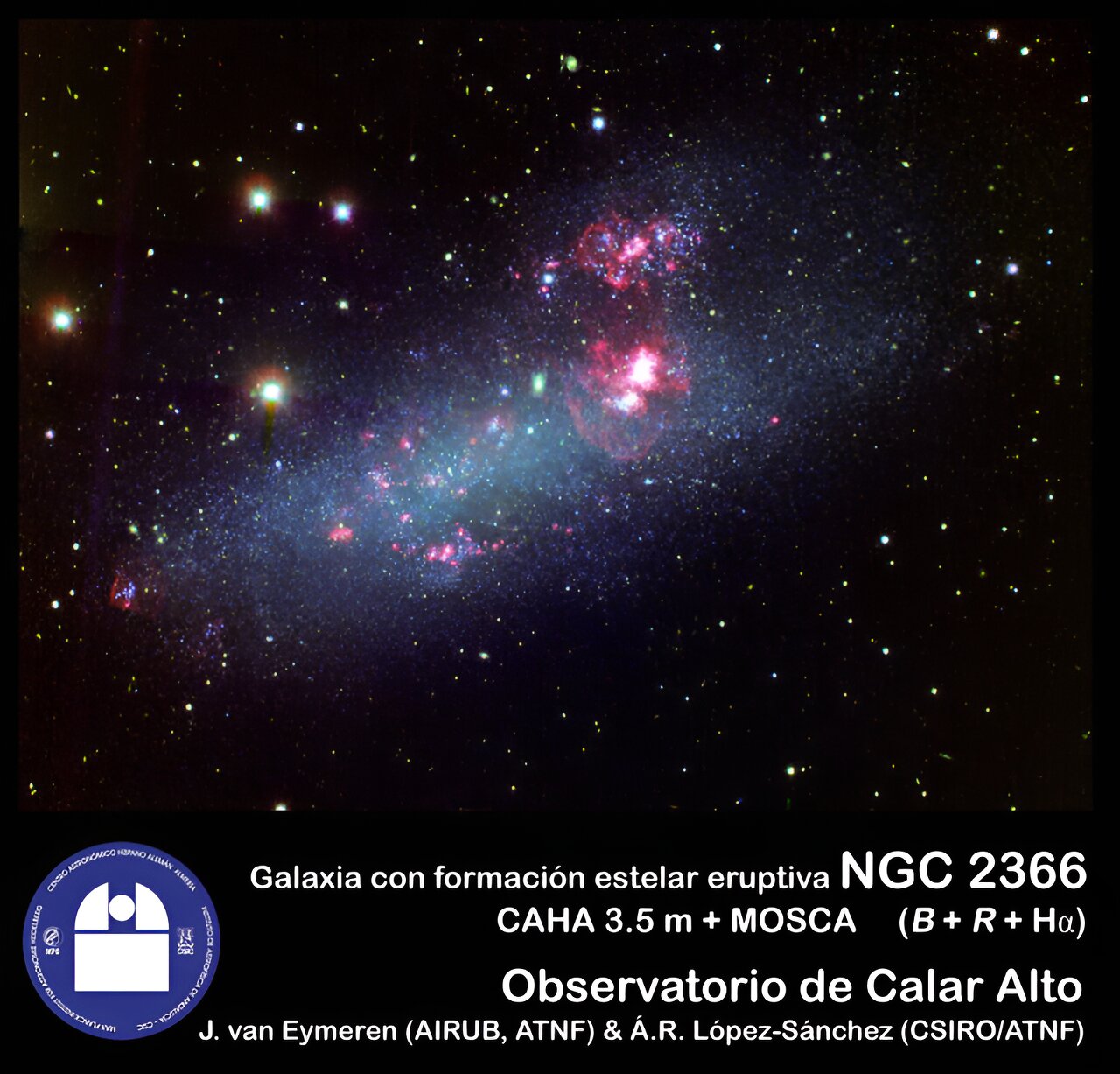If you look at massive galaxies teeming with stars, you might be forgiven for thinking they are star factories, churning out brilliant balls of gas. But actually, less evolved dwarf galaxies have bigger regions of star factories, with higher rates of star formation.
Now, University of Michigan researchers have discovered the reason underlying this: These galaxies enjoy a 10-million-year delay in blowing out the gas cluttering up their environments. Star-forming regions are able to hang on to their gas and dust, allowing more stars to coalesce and evolve.
In these relatively pristine dwarf galaxies, massive stars—stars about 20 to 200 times the mass of our sun—collapse into black holes instead of exploding as supernovae. But in more evolved, polluted galaxies, like our Milky Way, they are more likely to explode, thereby generating a collective superwind. Gas and dust get blasted out of the galaxy, and star formation quickly stops.
Their findings are published in the Astrophysical Journal.
“As stars go supernova, they pollute their environment by producing and releasing metals,” said Michelle Jecmen, study first author and an undergraduate researcher. “We argue that at low metallicity—galaxy environments that are relatively unpolluted—there is a 10-million-year delay in the start of strong superwinds, which, in turn, results in higher star formation.”
2023-11-21 19:41:02
Post from phys.org
